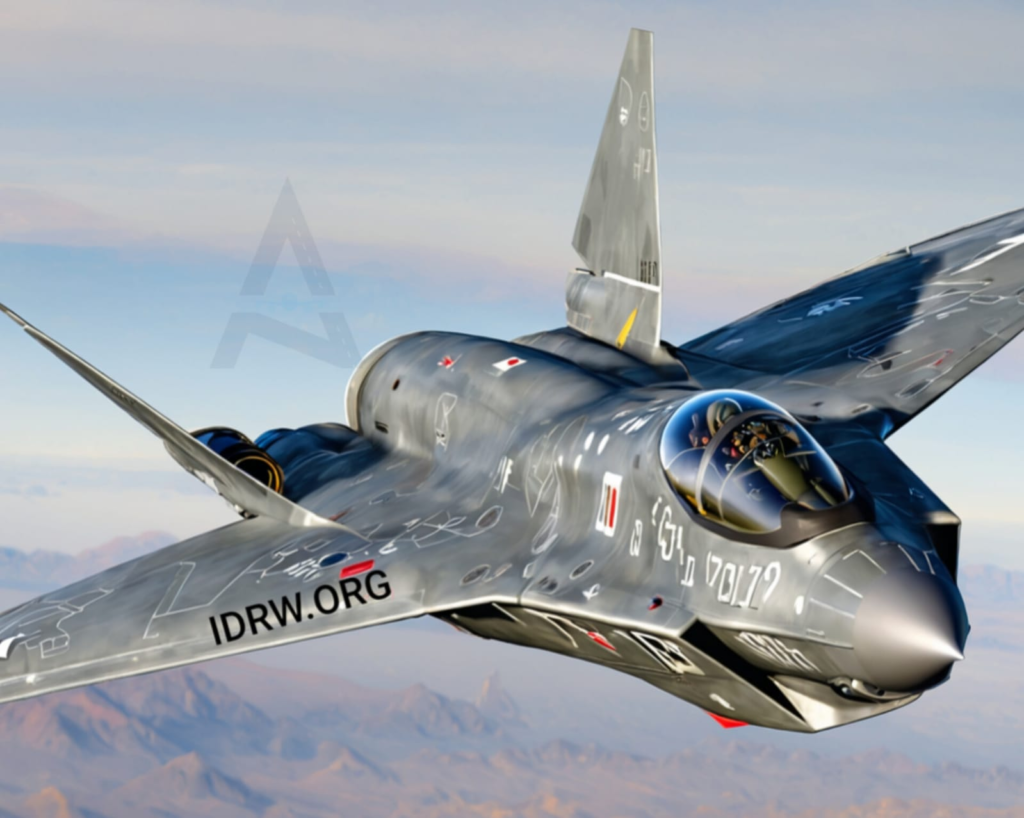The Indian Air Force (IAF) has officially dismissed the proposal for the Su-75 Checkmate fighter jet, developed by Russia’s Sukhoi, citing financial constraints as a key factor in the decision. This announcement highlights the complexities and challenges facing India as it navigates its defense procurement strategy in an increasingly competitive global aviation market.
The Su-75 Checkmate is a fifth-generation stealth fighter designed to compete with similar aircraft from other countries, such as the United States’ F-35 Lightning II and the European FCAS (Future Combat Air System). It promises advanced features like supercruise capabilities, low observability, and state-of-the-art avionics. However, despite these appealing attributes, the IAF’s leadership has determined that the financial implications of acquiring this new fighter would not align with the current budgetary priorities and strategic objectives of the Indian military.
A senior IAF official emphasized that the decision was rooted in the need for fiscal prudence, particularly given the competing demands for resources across various defense sectors. With an ongoing modernization program aimed at upgrading existing aircraft and enhancing capabilities, the IAF must ensure that any new acquisitions offer a clear return on investment in terms of operational effectiveness and capability enhancement. The financial burden associated with the acquisition, maintenance, and operational integration of the Su-75 was deemed unsustainable within the current defense budget framework.
The IAF’s decision reflects a broader trend in military procurement, where fiscal considerations increasingly take precedence over technological allure. While the Su-75 Checkmate offers promising advancements in aerial combat capabilities, the IAF’s priority remains on acquiring systems that fit within a sustainable budget and offer maximum benefit to its operational readiness. As such, the focus may shift towards optimizing existing platforms, enhancing indigenous production capabilities, and pursuing collaborative development projects that align with India’s “Make in India” initiative.
In recent years, the IAF has been working to modernize its fleet with a focus on indigenization and self-reliance in defense production. Initiatives such as the Light Combat Aircraft (LCA) Tejas and the future Advanced Medium Combat Aircraft (AMCA) program are integral to this strategy. By investing in domestic capabilities, the IAF aims to reduce reliance on foreign suppliers and foster a robust indigenous defense industrial base.
The dismissal of the Su-75 proposal may also signal a shift in the IAF’s procurement strategy. Instead of investing in foreign platforms that may not offer long-term financial viability, the IAF may prioritize projects that promote collaboration with domestic manufacturers, enhancing technological know-how and operational capability. This aligns with India’s broader defense policy, which seeks to develop a self-sufficient defense sector capable of meeting the nation’s strategic needs.
Furthermore, the decision could have implications for India-Russia defense relations. Traditionally, India has been one of Russia’s most significant defense partners, relying heavily on Russian military hardware. However, as India looks to diversify its defense procurement and enhance indigenous capabilities, the relationship may evolve to reflect new priorities and realities. While Russia remains a key supplier, India is increasingly engaging with other countries and exploring a more diverse range of military partnerships.
In conclusion, the IAF’s dismissal of the Su-75 Checkmate proposal underscores the importance of financial viability in defense procurement. While the aircraft promises advanced capabilities, the focus for the IAF remains on sustainable investments that enhance operational readiness and align with long-term strategic goals. As India continues to modernize its military, prioritizing indigenous development and collaboration will be crucial in shaping the future of the nation’s defense landscape. The decision reflects a careful balancing act between technological advancements and financial constraints, ensuring that the IAF remains prepared for the challenges of modern aerial warfare while staying within budgetary limits.
